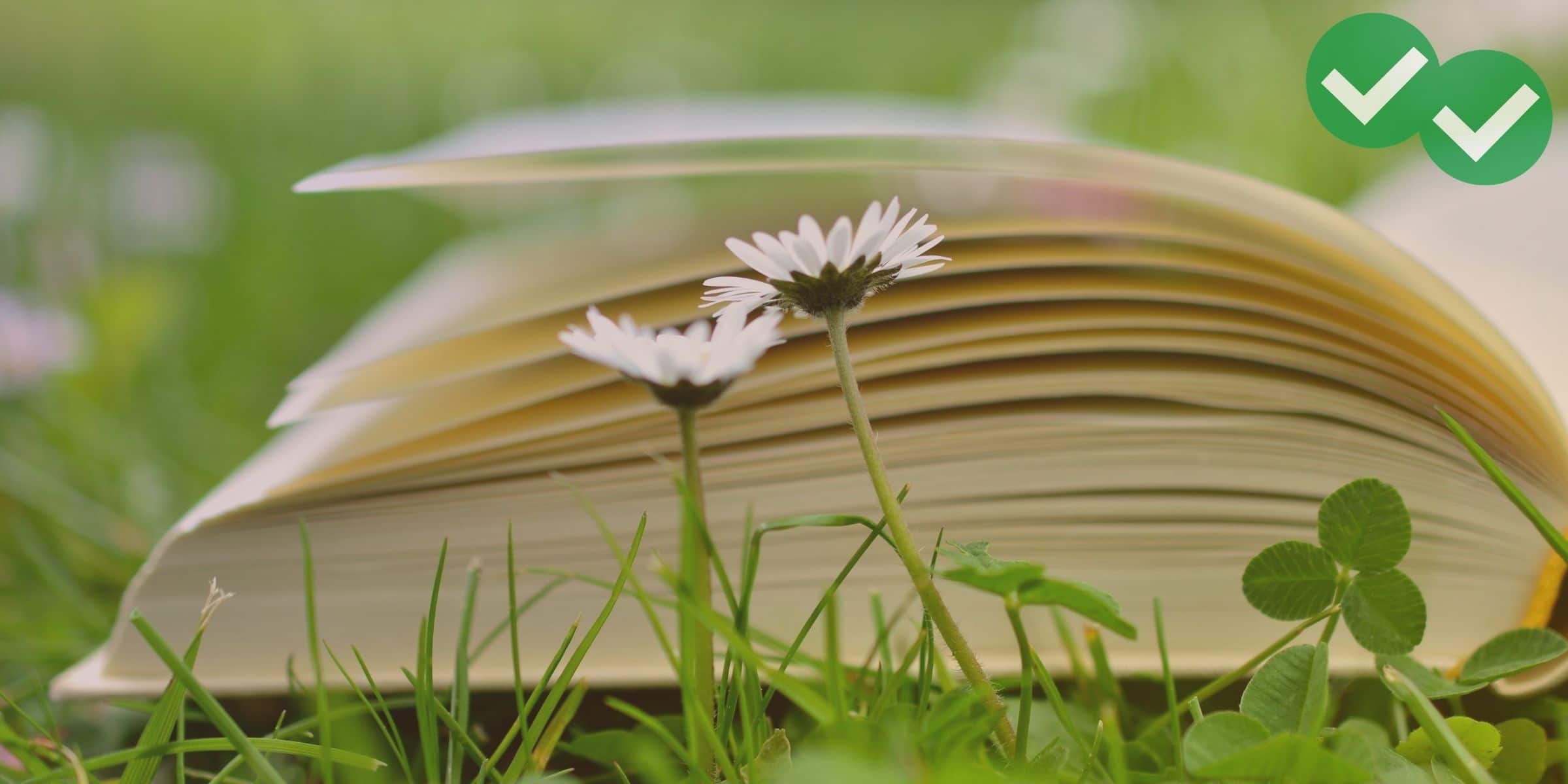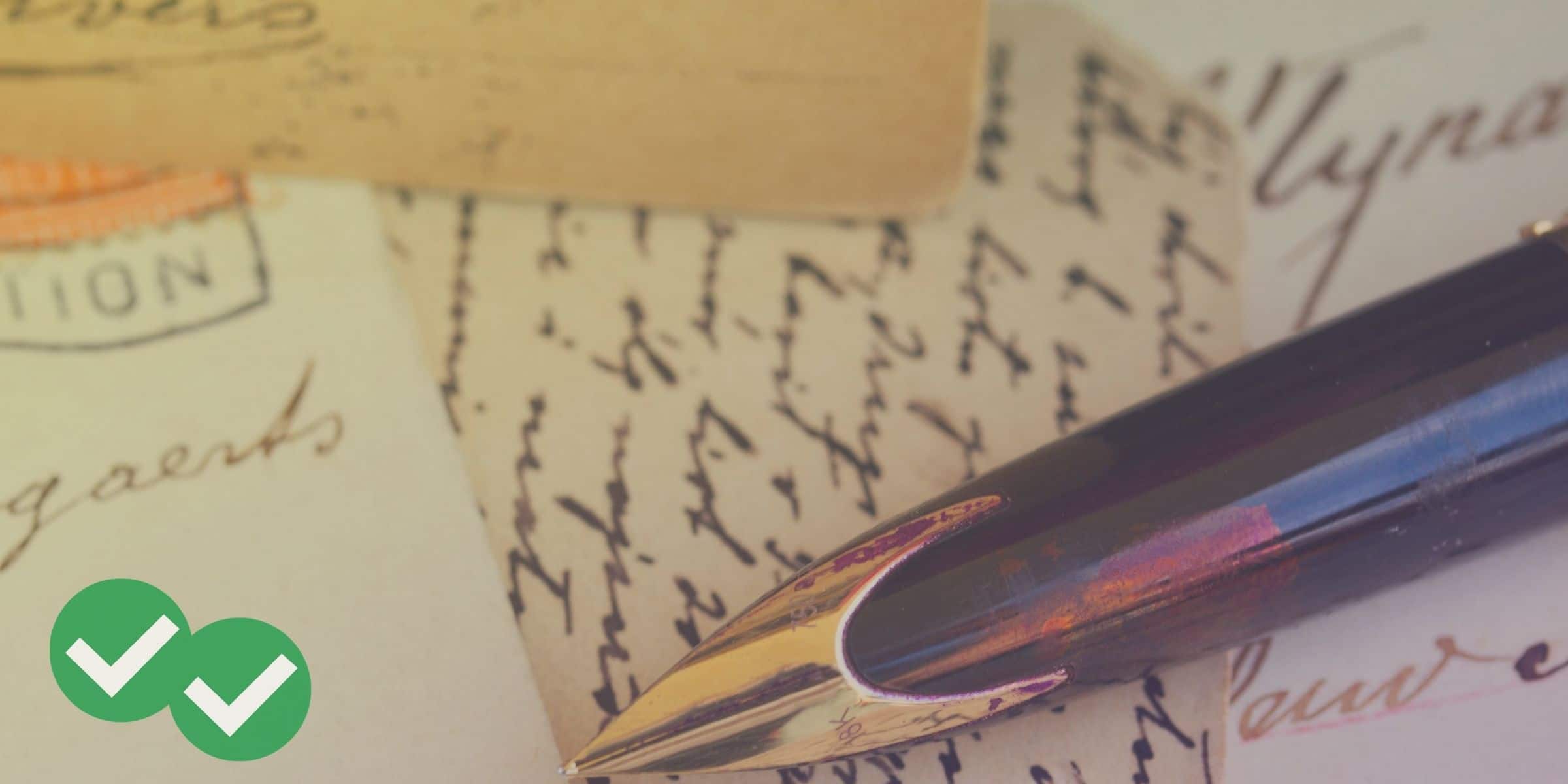In my last post on this subject, we looked at four punctuation marks used largely to indicate grammar: the period (.), the comma (,), the colon (:), and the semicolon (,). Today, we’ll look at two very important punctuation marks that indicate types of information.
Both parentheses and quotation marks come in pairs, with information put in between the paired punctuation marks. The main difference between these two types of punctuation (other than their physical appearance) is the kind of information they mark off and enclose.
- Parentheses
Parentheses are a pair of marks that look like this: (). Additional information or explanations about something can be placed in parentheses. You can see examples of this immediately above, in the second paragraph of this post. See where I used the parentheses? I’ve also used parentheses to show you what each of the preceding four punctuation marks in this series looks like. But I didn’t do that with parentheses themselves. I introduced those with a colon, because putting parentheses inside parentheses would just be weird!
- Quotation marks
Quotation marks are the punctuation marks that look like this: “”. Like parenthesis, quotation marks appear at both ends of certain types of information in written English.
One type of information that quotation marks surround is a quotation, the exact words of a person or other scholarly source. Quotation marks can also surround words or phrases whose meanings are being discussed within the writing. To give an example of this, in Part 1 of this series I mentioned that a period is sometimes also called a “dot.” I placed the word “dot” In quotation marks because its meaning was being examined and defined within my explanation of periods.
But what if you are quoting a source that’s already using quotation marks? Do you have quotation marks inside quotation marks? The answer to that is yes, sort of. When a quotation that contains quotation marks is quoted in a new piece of writing, the whole quote is put inside quotation marks, but the original quotation marks are replaced with apostrophes. Sound strange? Well, here’s how it looks:
Original sentences (from Part of English Punctuation in Academic Writing):
When used in Web or email addresses, the period is called a “dot.” That’s why web-based businesses are sometimes called “dot coms.”
Original sentences, restated as a quote in this new post:
As I stated in my previous post, “When used in web or email addresses, the period is called a ‘dot.’ That’s why web-based businesses are sometimes called ‘dot coms.’”
The use of apostrophes as internal quotation marks within a quote is not very common, although it does occasionally come up in academic writing. Apostrophes have two other uses in academic writing. And between all three uses, apostrophes are an important punctuation mark in formal written English. In the next post in this series, we’ll take a closer look at apostrophes and two other significant players in the punctuation of written academic English: the exclamation point and the question mark.





